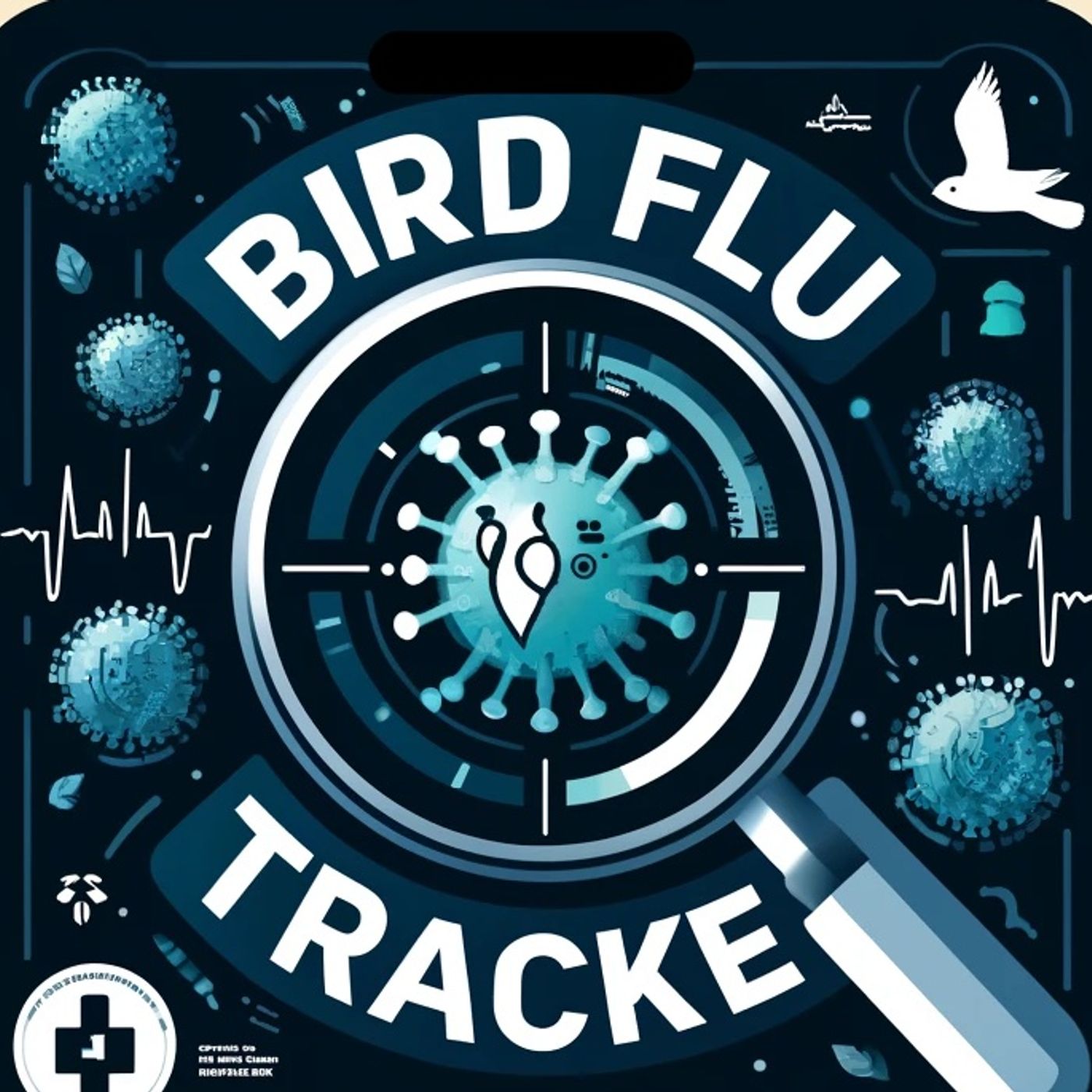Podcast Episode Details
Back to Podcast Episodes
Poultry Farms Brace for Bird Flu Surge as Outbreaks Spread Across the U.S.
Bird flu cases are surging across the United States as major outbreaks have been confirmed this week. Georgia officials have responded to a sweeping outbreak at a commercial poultry farm, escalating biosecurity measures to contain the spread. In Indiana, over 93,000 birds in commercial and backyard flocks have been affected since October, with Elkhart and LaGrange counties under active surveillance, according to Indiana Public Media.
Michigan reported two new commercial flock infections in Ottawa County just yesterday. This brings the 2025 count to seven cases in the county as detected by the Michigan State University Veterinary Diagnostic Laboratory, underscoring warnings from the state agriculture department to intensify biosecurity and limit flock exposure to wild birds.
The Food and Drug Administration announced it will test 300 samples of aged raw cow’s milk cheese from warehouses and distribution centers across the country for possible H5N1 contamination. This comes after ongoing outbreaks in multiple states and warning that raw, unpasteurized milk can act as a vector for bird flu and other harmful pathogens, as reported by MSN.
Nationally, poultry farms face mounting strain as Thanksgiving approaches. Think Global Health notes that since September 1, outbreaks have wiped out 1.2 million turkeys and over 5.5 million egg-laying hens, disrupting the supply chain far more severely than last year. Reuters reports that new outbreaks in Europe are also raising fears of fresh crises with wide culls and potential food price impacts.
Globally, the highly pathogenic H5N1 strain continues to spread rapidly in Europe and the UK. Ireland imposed a mandatory housing order for poultry and captive birds after recording its first H5N1 farm outbreak since 2022. Governments are urging enhanced biosecurity as wild bird migration increases the risk of transmission, particularly with the new H5N1 strain, which can take up to 72 hours to kill birds, allowing more time for the virus to spread.
Novel transmission routes remain under scrutiny. A preprint study cited by BioRxiv describes the unexpected detection of H5N1 viral RNA in bovine semen collected during a California dairy farm outbreak, albeit without proof that the virus is infectious in this form.
Public health authorities, including the CDC, advise that the overall risk to people remains low. Human infection is rare and usually requires close unprotected contact with infected birds or contaminated environments. Current focus is squarely on disrupting transmission among birds to safeguard poultry stocks and limit economic fallout.
Thanks for tuning in to this week’s Bird Flu update. Remember to come back next week for more, and this has been a Quiet Please production. For more, check out Quiet Please Dot A I.
For more http://www.quietplease.ai
Get the best deals https://amzn.to/3ODvOta
This content was created in partnership and with the help of Artificial Intelligence AI
Published on 3 days, 12 hours ago